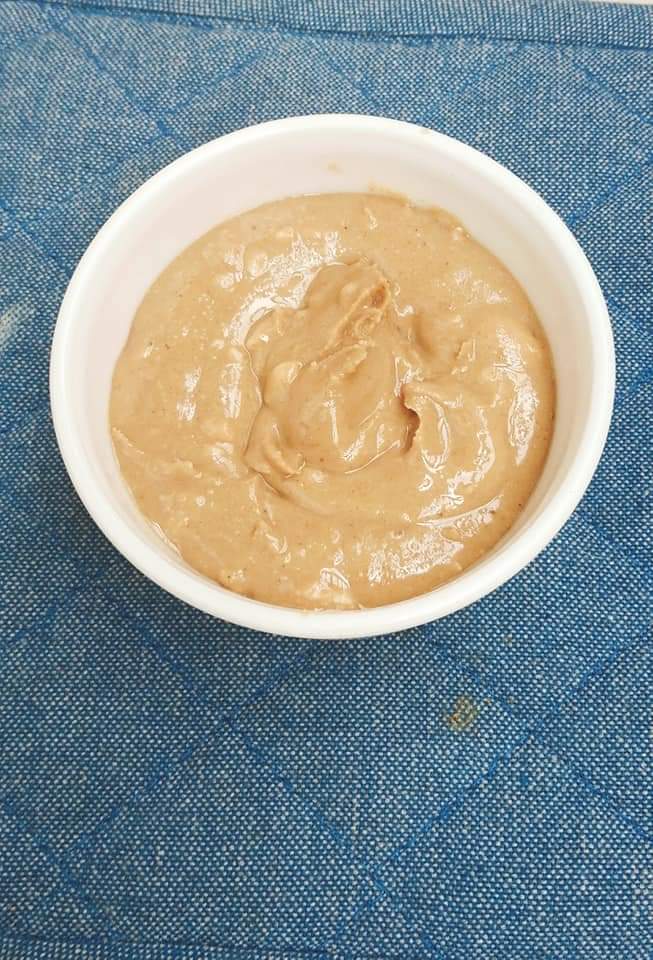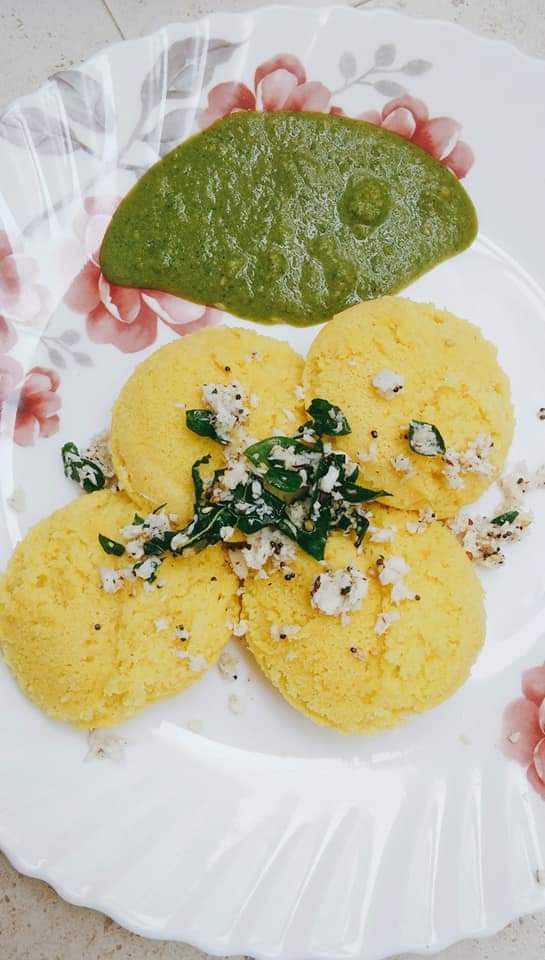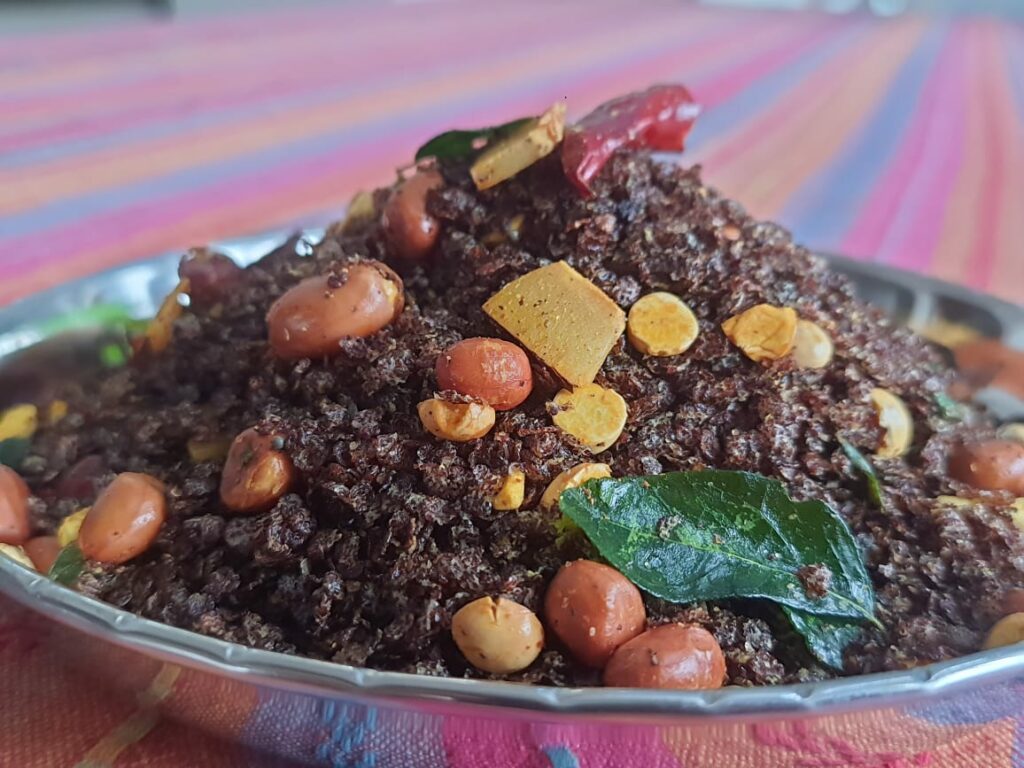
In the quest for optimal health and well-being, we often seek out natural remedies and ancient wisdom. One such remarkable discovery is the combination of fermented rice and probiotics, a dynamic duo that holds immense potential for enhancing our overall wellness. This captivating partnership offers a plethora of benefits that go beyond the ordinary, revitalizing our bodies from the inside out.
Fermented rice, a time-honored practice that dates back centuries, involves the fermentation of rice grains using beneficial bacteria or yeast cultures. This transformative process not only enhances the flavor and texture of rice but also generates a powerhouse of nutrients and gut-friendly microorganisms. Coupled with probiotics, which are live bacteria and yeasts that confer health benefits when consumed, fermented rice becomes an extraordinary source of nourishment for our bodies.
In this blog post, we embark on a journey into the world of fermented rice and probiotics, exploring the incredible benefits that await those who incorporate them into their lifestyles. From supporting digestive health and boosting immunity to improving nutrient absorption and promoting mental well-being, the advantages are truly awe-inspiring. So, join us as we unravel the secrets behind this exceptional fusion and unlock the door to a healthier and happier you. Get ready to witness the wonders of fermented rice and probiotics as we delve into their extraordinary benefits and how they can transform your well-being.
CHOOSING THE RIGHT RICE VARIETY FOR FERMENTATION
When it comes to fermenting rice, the choice of rice variety plays a crucial role in the overall outcome and nutritional value of the final product. While modern, commercially available rice varieties may be more widely accessible and easier to cultivate, there is a growing appreciation for the importance of using traditional native rice varieties in the fermentation process. These heirloom grains, often passed down through generations, carry a wealth of benefits that contribute to the overall quality and authenticity of fermented rice products.
- Rich Nutritional Profile: Traditional native rice varieties tend to have a more diverse and nutrient-dense composition compared to their modern counterparts. They often contain higher levels of essential minerals, vitamins, and antioxidants, which are not only beneficial for our overall health but also contribute to the flavor and complexity of fermented rice.
- Unique Flavors and Aromas: Native rice varieties have distinct flavors and aromas that are deeply rooted in their terroir. When fermented, these flavors and aromas are further enhanced, resulting in a more intricate and enjoyable sensory experience. By using traditional native rice varieties, we can preserve and celebrate the culinary heritage and regional diversity of fermented rice products.
- Preservation of Biodiversity: Embracing traditional native rice varieties in fermentation practices helps preserve the rich biodiversity of rice. Many native rice varieties are adapted to local environments, resistant to pests and diseases, and exhibit robust genetic diversity. By cultivating and utilizing these varieties, we contribute to the conservation of agricultural biodiversity and safeguard the genetic resources that are vital for future food security.
- Cultural Significance and Heritage: Traditional native rice varieties are deeply intertwined with the cultural identity and heritage of communities around the world. By using these varieties in fermentation, we honor and respect the knowledge, traditions, and farming practices passed down through generations. It allows us to connect with our roots, promote cultural diversity, and support the livelihoods of small-scale farmers who have preserved these rice varieties for centuries.
- Environmental Sustainability: Native rice varieties are often better adapted to local growing conditions and require less intensive cultivation practices. They typically have a higher resistance to pests and diseases, reducing the need for chemical inputs. By embracing traditional native rice varieties, we promote sustainable agriculture, minimize environmental impacts, and contribute to a more resilient and ecologically balanced food system.
Few suggestions for the native rice – Thanga Samba, Garudan Samba, Kaattuyanam, Kullakar, Mapillai Samba, Poongar,..
Check out the native rice varieties available in our parent-community-run-store –
HLP Store
IMPORTANT POINTS TO FOLLOW:
🥣 It’s always advisable to use any of the traditional native rice variety. Alternating the variety also helps to get the various nutrients from different types. Every native rice variety is very unique with different healing properties.
🥣 Start the fermentation process in the afternoon only.
🥣 Sign of good fermentation is the bubbling you would see in the corners/ top, which mostly not the case with just night fermentation.
🥣 Soaking, sprouting, fermentation, slow cooking are the key methods to follow from the traditional cooking methods.
🥣 SOAKING: 2- 6 hours depending on the rice variety.
🥣 The rice must be cooked in SLOW COOKING method only as it ensures the maximum nutrients retention.
🥣 DESTARCHING is the most essential step during this process. So do NOT skip this step
🥣 Adding the SALT previous night only enhances the bioavailability(optional)
🥣 A simple fermentation is good for the gut microbiome. Addition of spices enhances and gives different benefits.
Ex : Cumin – Gastric Issues
Fenugreek – Arthritis
🥣 Using earthen vessels for cooking and fermentation is advisable.
🥣 Avoid consuming fermented rice during cold, fever etc. Observe your body and the changes.
🥣 Always use freshly cooked(Same day cooked) rice for fermentation. Also do not use cooked rice stored in refrigerator for this.
🧉Sharing the slow cooking method I am following for TN boiled rice variety.
METHOD:
Soak the rice for 4 hours
For 1 glass of rice, you would need 7-8 glasses of water. First, bring the water to a rolling boil. Never put the rice & water together while cooking.
Wash the soaked rice 2-3 times until the water runs clear. Do not discard the water. This is good for watering plants(either pour it as it is or you can ferment this water, dilute and use for plants).
Add the rice into rolling boil water and immediately bring the flame to sim. Let the cooking happen in sim only throughout. It takes 25mins to 40 mins to cook depending on the variety of millets, boiled rice or brown rice it is.
Once the rice is cooked enough, drain and de-starch. Place it back on flame for 4-5 min. Rice is done.
🧉Time taken for pressuring cooking – 10min
Pot/ Open cooking – 20 min
Slow cooking – 45 min.
Once de-starching is done, let it cool down. Add fresh water again to the cooked rice until the rice is covered and keep it overnight.
DO NOT COVER IT WITH A LID. We all generally cover it with lid. I did the same mistake for long time. Only recently after getting into bread baking , understood the significance of using natural wild yeast that’s available in abundance in the air.
So, the right way is to cover the vessel with a Muslin cloth that allows the natural yeast to aid in the fermentation process. Closing it with Lid delays the process and it’s not much beneficial too.
As mentioned, the right sign of fermentation is the bubbles at the corner / surface. So next day morning, you can have this elixir with added spices(optional), or however you like it. You can also drink the water.
Do not boil/warm the fermented rice again as it will kill the good bacteria in it.
BENEFITS:
When fermenting rice, various vitamins and minerals can be present in the final product, depending on the specific rice variety used and the fermentation process. While the exact nutrient content may vary, here are some vitamins and minerals commonly found in fermented rice:
- B Vitamins: Fermented rice can be a good source of B vitamins, including thiamine (vitamin B1), riboflavin (vitamin B2), niacin (vitamin B3), and folate (vitamin B9). B vitamins are essential for energy metabolism, nervous system function, and red blood cell production.
- Vitamin K: Fermented rice can provide vitamin K, a fat-soluble vitamin important for blood clotting and bone health. Vitamin K is also involved in regulating calcium and promoting heart health.
- Antioxidants: Fermentation can enhance the antioxidant content of rice. Antioxidants, such as phenolic compounds and flavonoids, help protect cells from oxidative stress and may have potential health benefits, including reducing inflammation and preventing chronic diseases.
- Minerals: Fermented rice may contain minerals like potassium, magnesium, phosphorus, and iron. These minerals play essential roles in various bodily functions, such as nerve function, muscle contraction, bone health, and oxygen transport.
Collective content shared by Yamini, Dr. Lakshmy & Archana.














